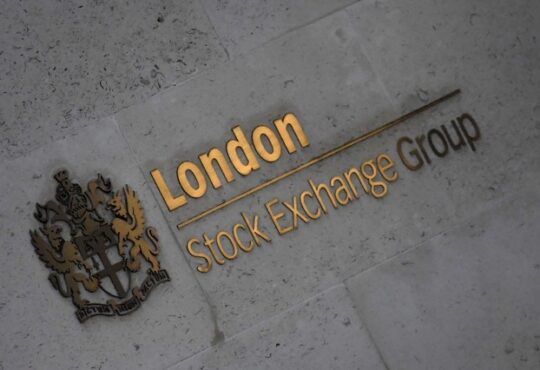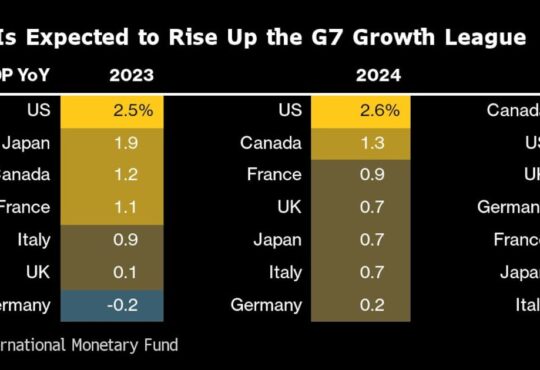

Image source: Getty Images
Last month, the Bank of England (BoE) released a financial stability report warning of a possible market slump. Based on historically higher-than-average prices and a perceived lack of risk awareness among investors, the bank says the risk of a correction is increasing.
With the FTSE 100 reaching new highs in May and lots of hype in the markets, it may be right. So what’s the best way to approach this situation?
Don’t panic
A correction isn’t a crash. The BoE expects a dip of around 10%, whereas a crash is 20% or more. That would take the FTSE 100 back to the level it was when the year started, similar to the 9.3% dip experienced in early 2023.
For investors that didn’t catch those low prices, this could be another opportunity. In the meantime, I wouldn’t panic-sell any of my UK stocks. However, for added safety, I may consider rebalancing some funds into defensive stocks. These are ones that typically perform better when times get tough because their services are critical – irrelevant of market conditions.
Retail and pharmaceuticals are two sectors that typically do well in a tough economy as their products are always in high demand. As such, I think investors should consider stocks like Tesco (LSE: TSCO) and AstraZeneca (LSE: AZN).
The UK’s top grocer by market share
As of April, Tesco commanded 27.4% of the UK’s grocery market. That’s a considerable share and far higher than second place Sainsbury’s, with 15.7%. The future prospects of a retail business with that much foot traffic are understandably high.
Tesco did well in 2023 while many other stocks fell, so its defensive credentials are proven. It’s now up 54% since hitting a five-year low of 200p in late 2022. It has a competitive price-to-earnings (P/E) ratio of 12.1 and an acceptable debt-to-equity (D/E) ratio of 62%. So financially, it looks good.
However, its earnings-per-share (EPS) growth rate is low, at only 3.4%. That means it’s unlikely to see huge price growth going forward. Fortunately, it benefits from a 3.9% dividend yield, making it a promising value share for income investors.
A biotech powerhouse
AstraZeneca is more growth-focused than Tesco. It has a much smaller dividend yield but is up 91% in the past five years, delivering annualised returns of 13.8%. And that wasn’t just from Covid vaccine sales — it performed just as well in the previous five years.
Risk-wise, it has an eye-watering £26.17bn of debt that is only barely covered by equity. In a highly competitive industry like pharmaceuticals, that’s walking a fine line. If a high-earning patent expires or new regulations limit sales, that debt could quickly eat into profits and hurt the share price.
Naturally, the now-bloated £120 share price has pushed its P/E ratio skyward to 37.8 — more than double the UK market average. In most cases, that would give potential shareholders pause for thought. Yet earnings remain strong, growing at an annualised rate of 23%. It might be a bit overpriced but I think it’s well-positioned to stay afloat through a market correction.






